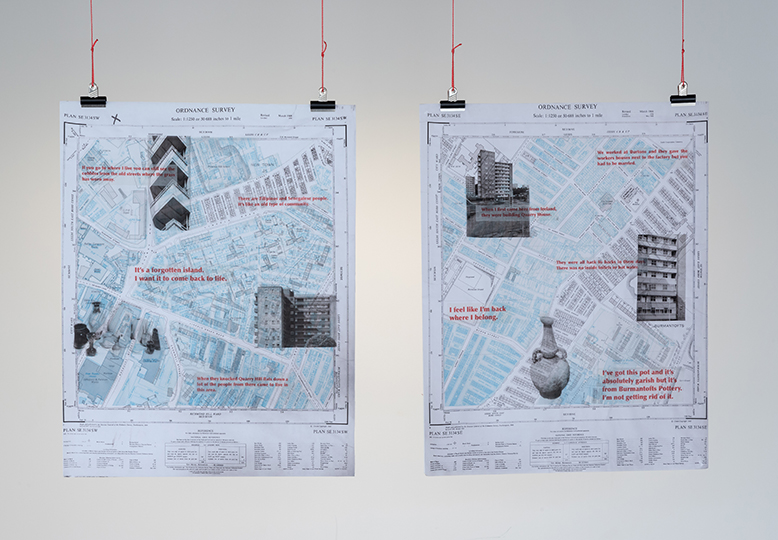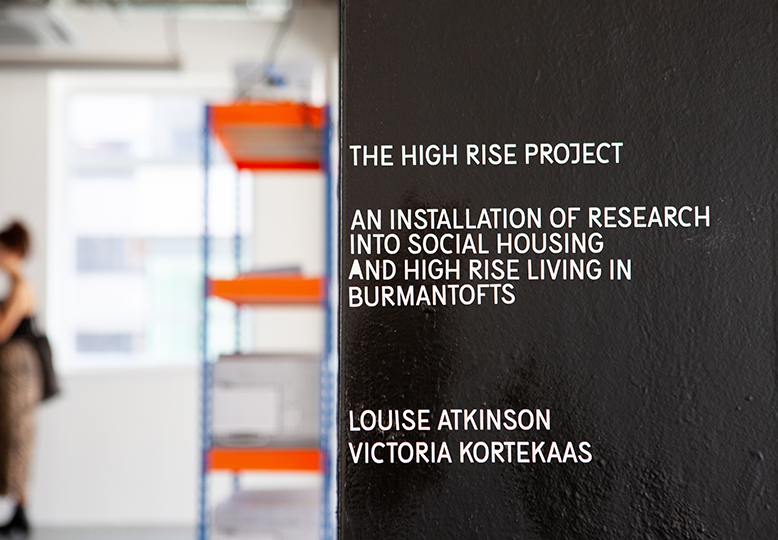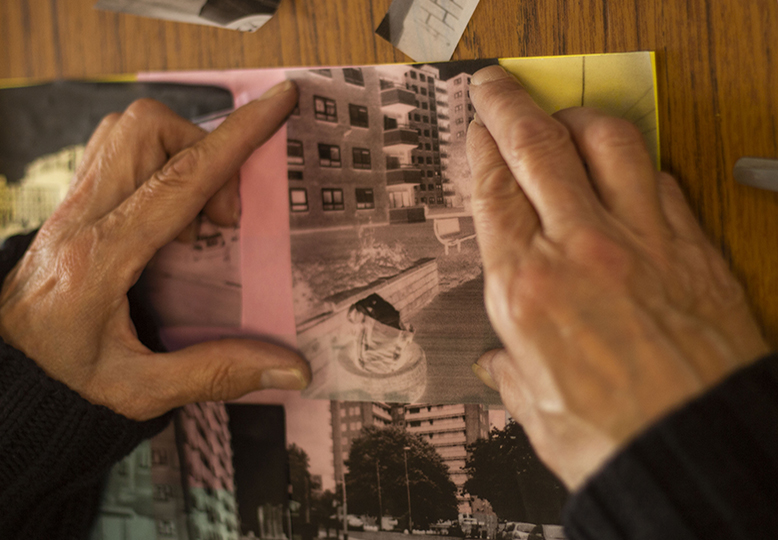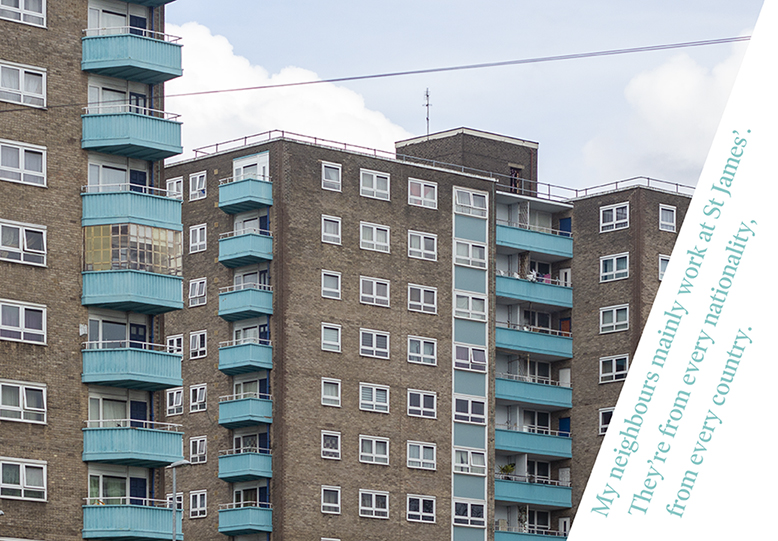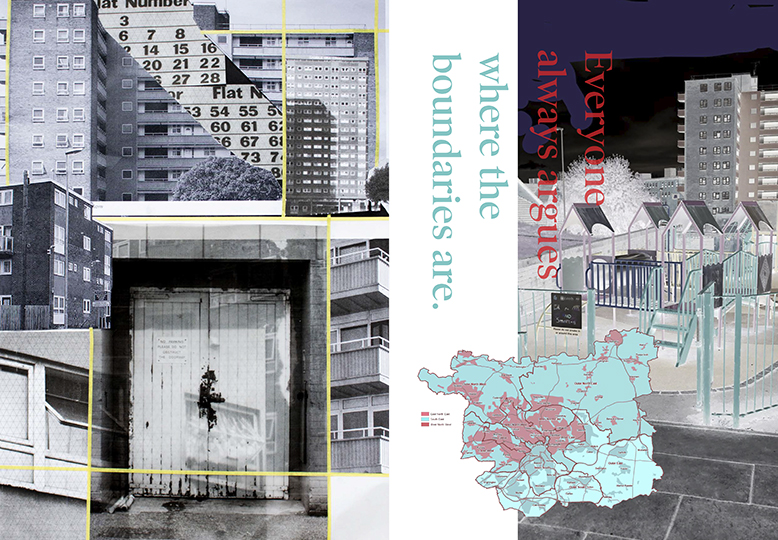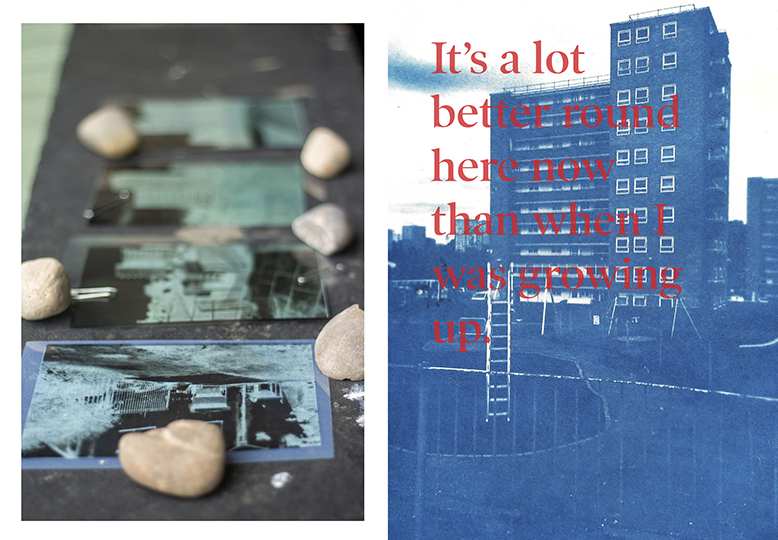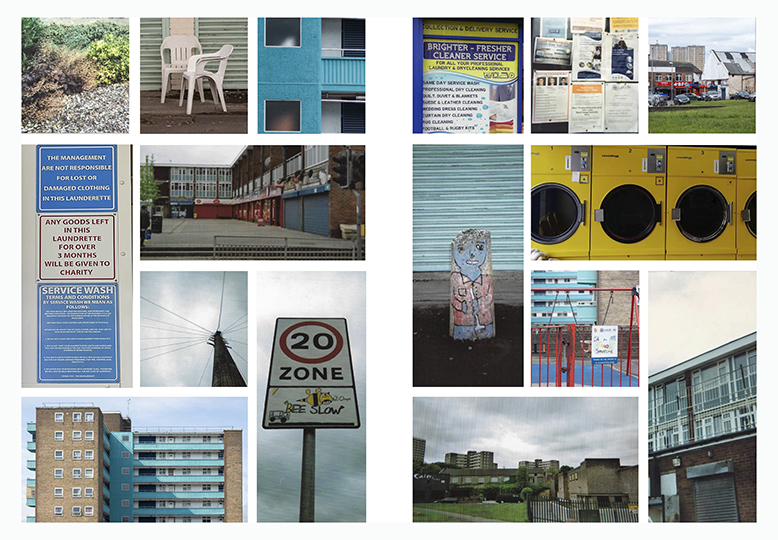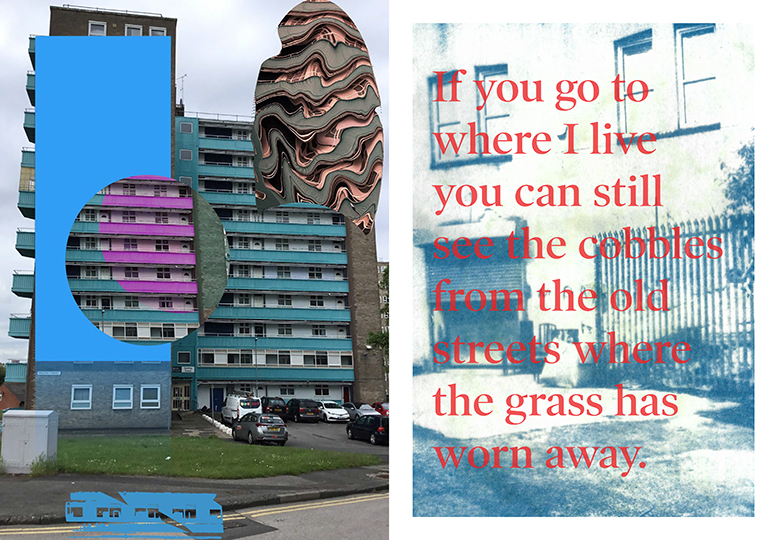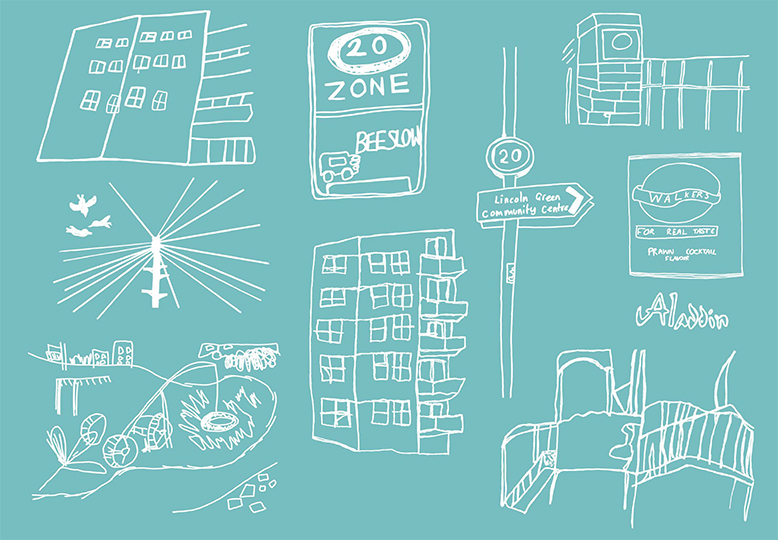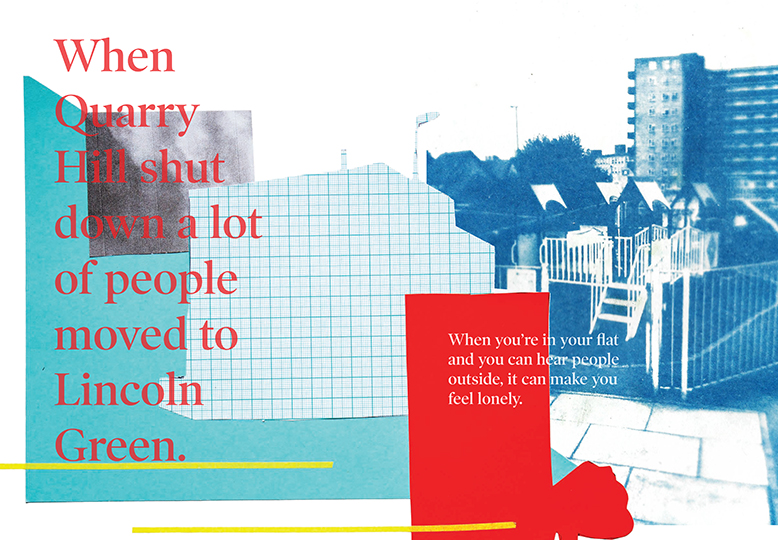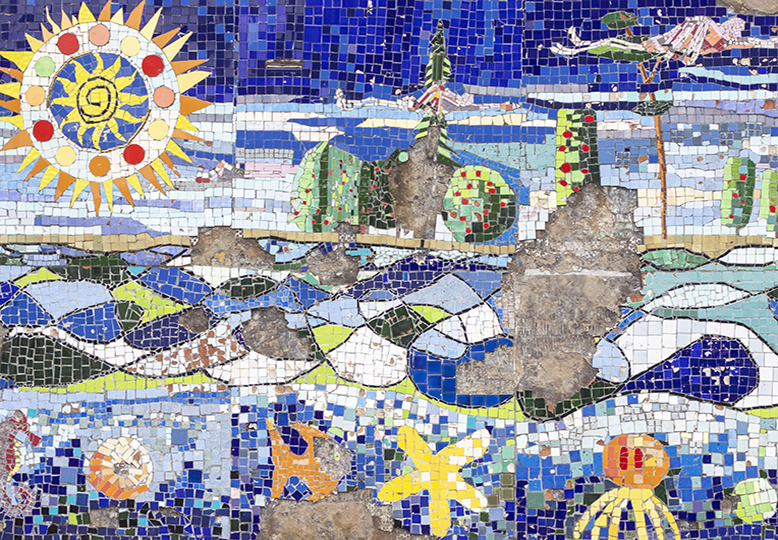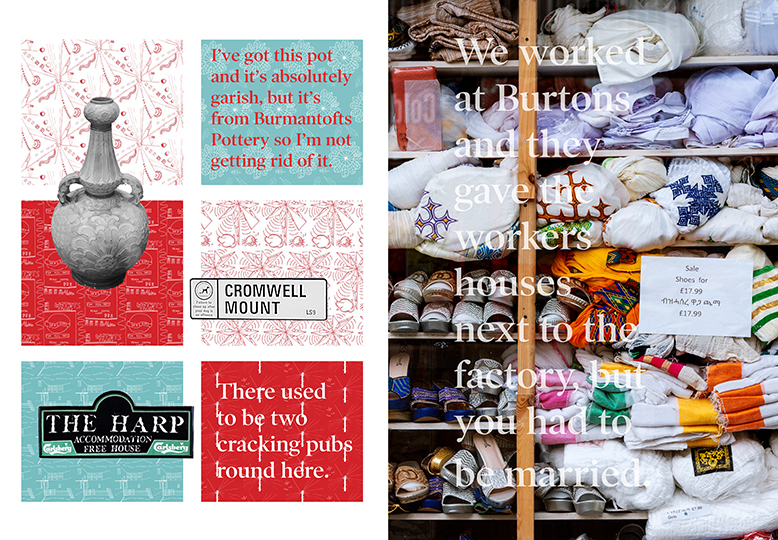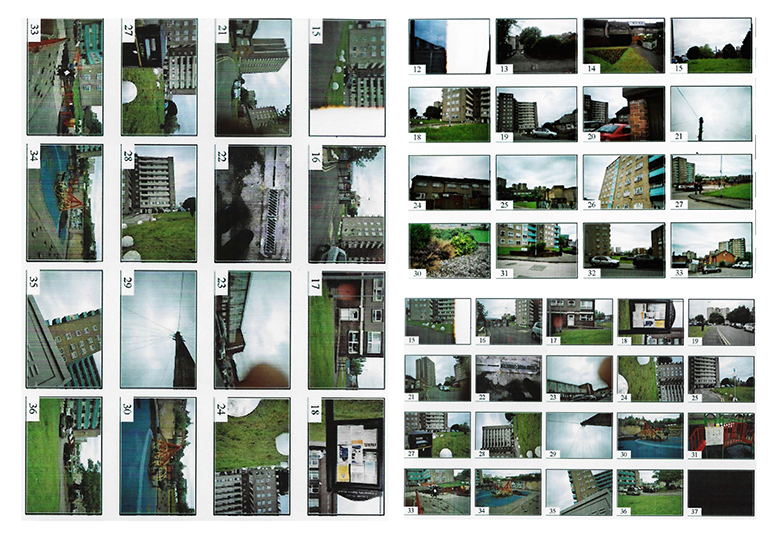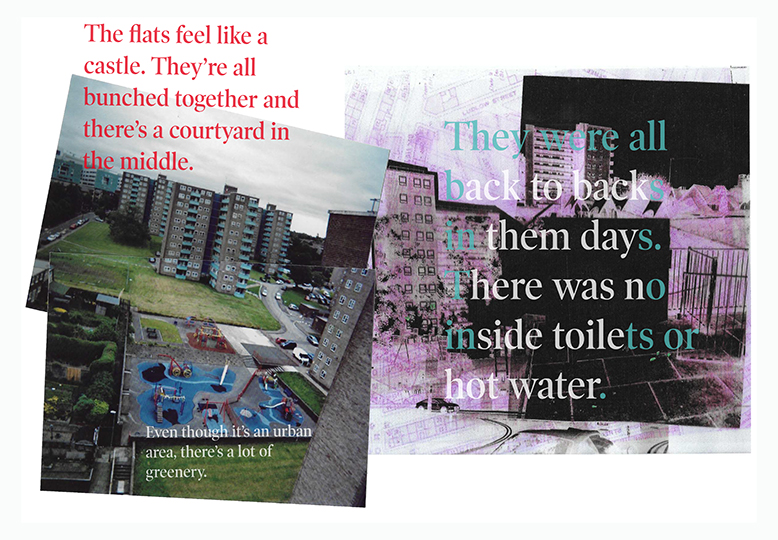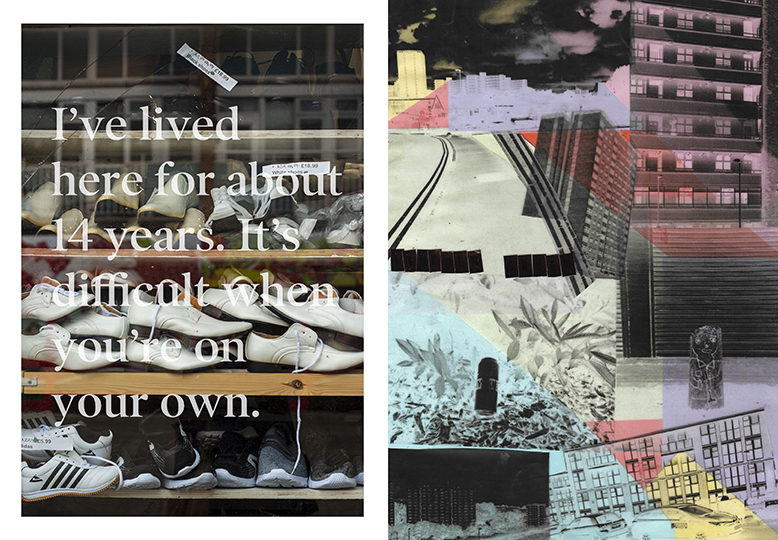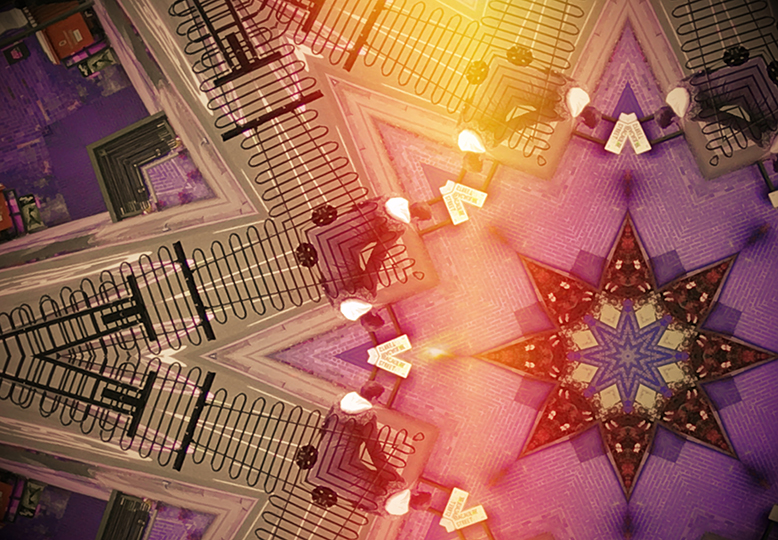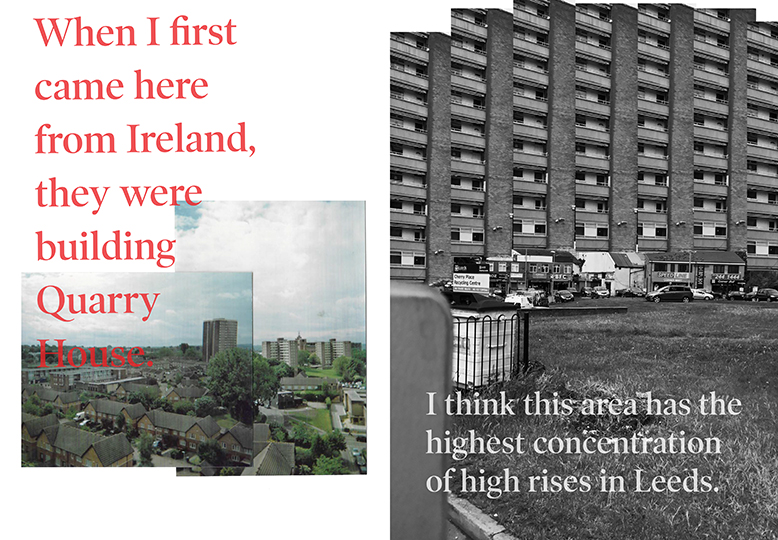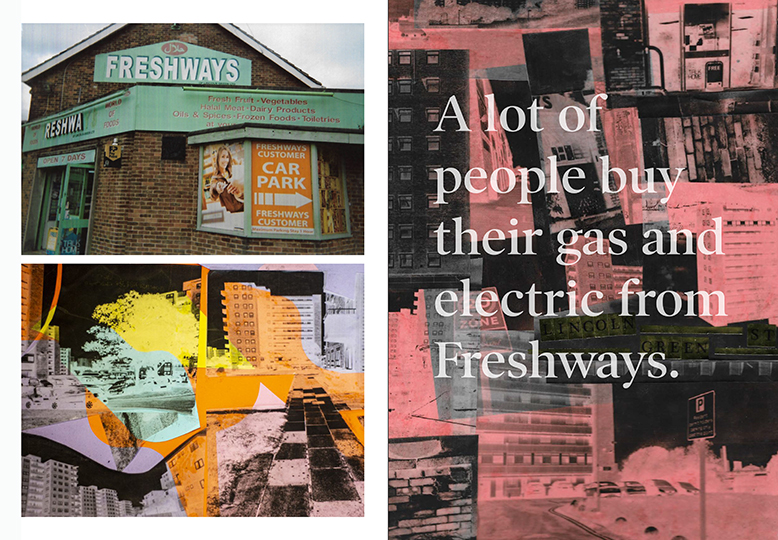Lincoln Green

Introduction to the project
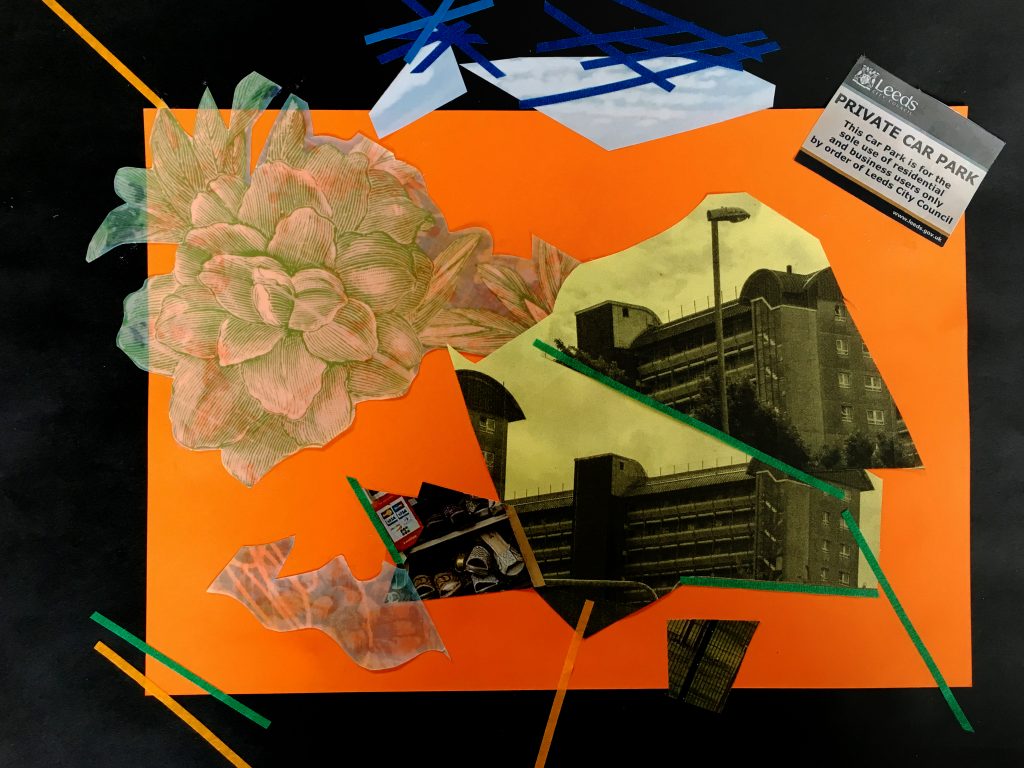
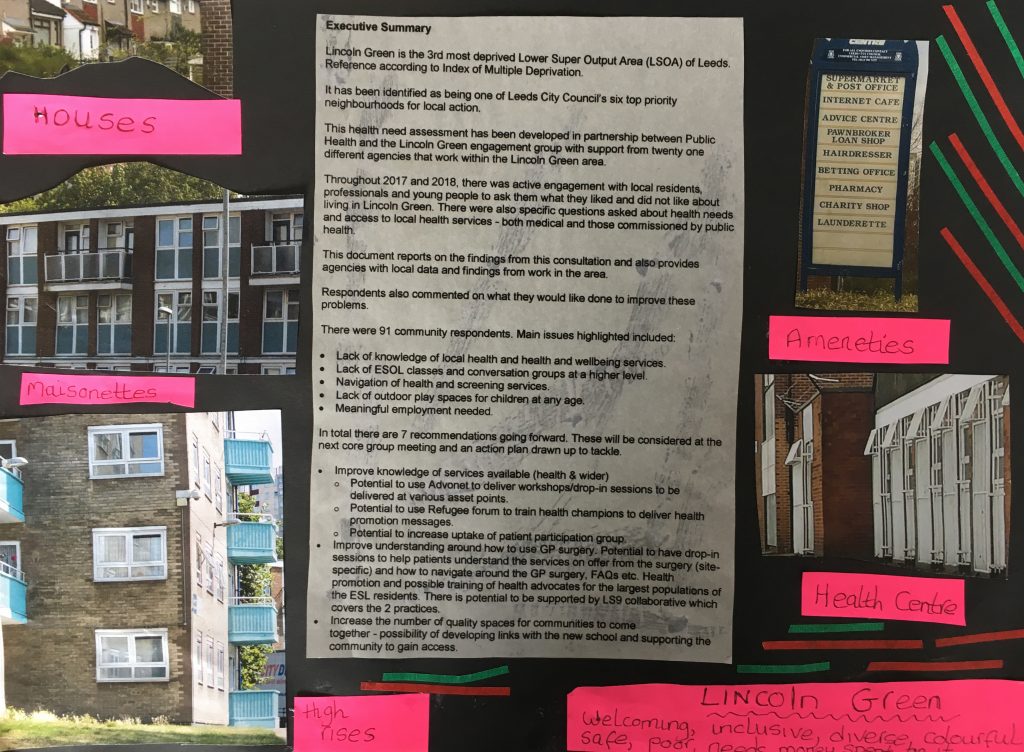
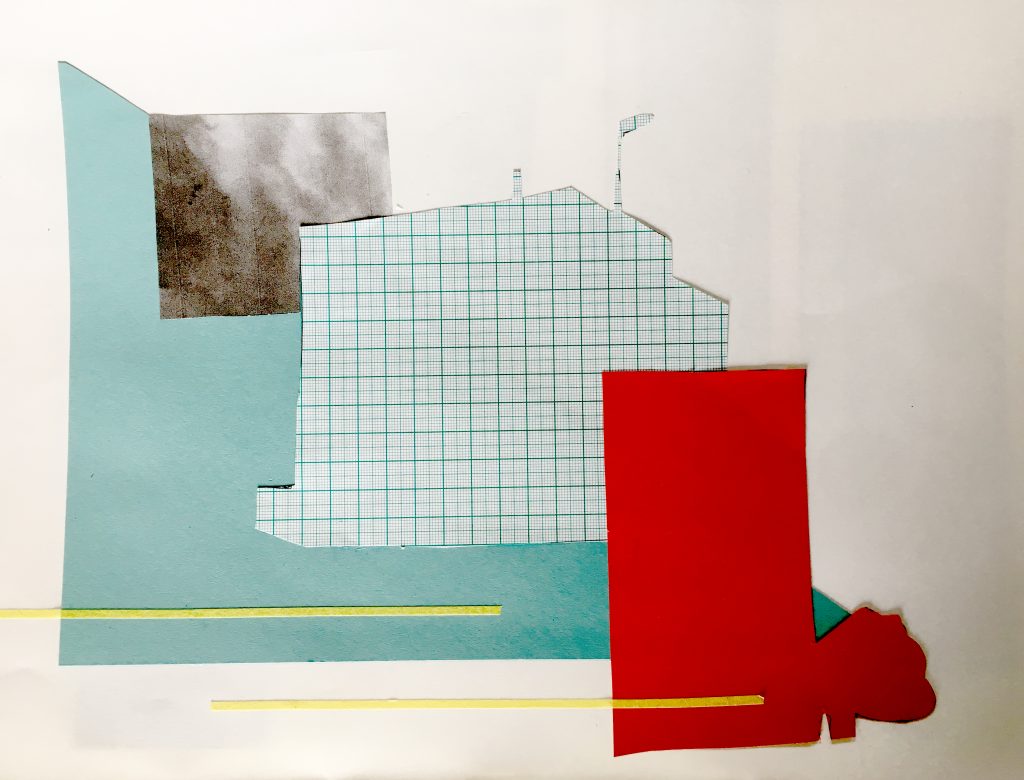
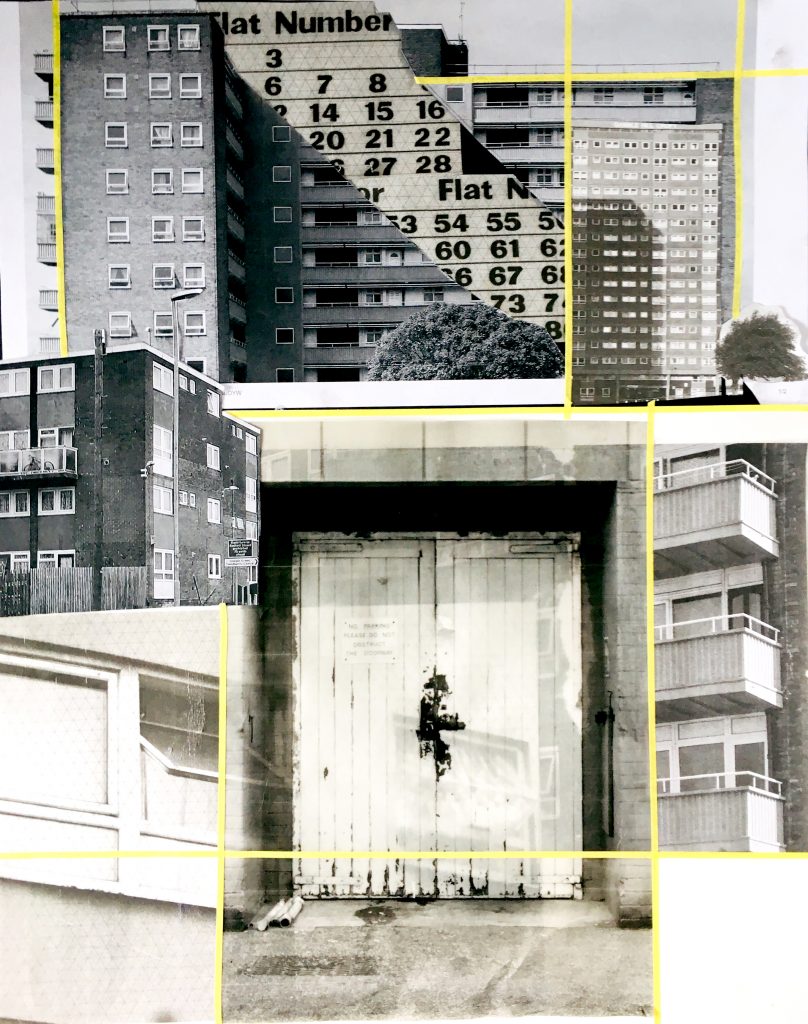
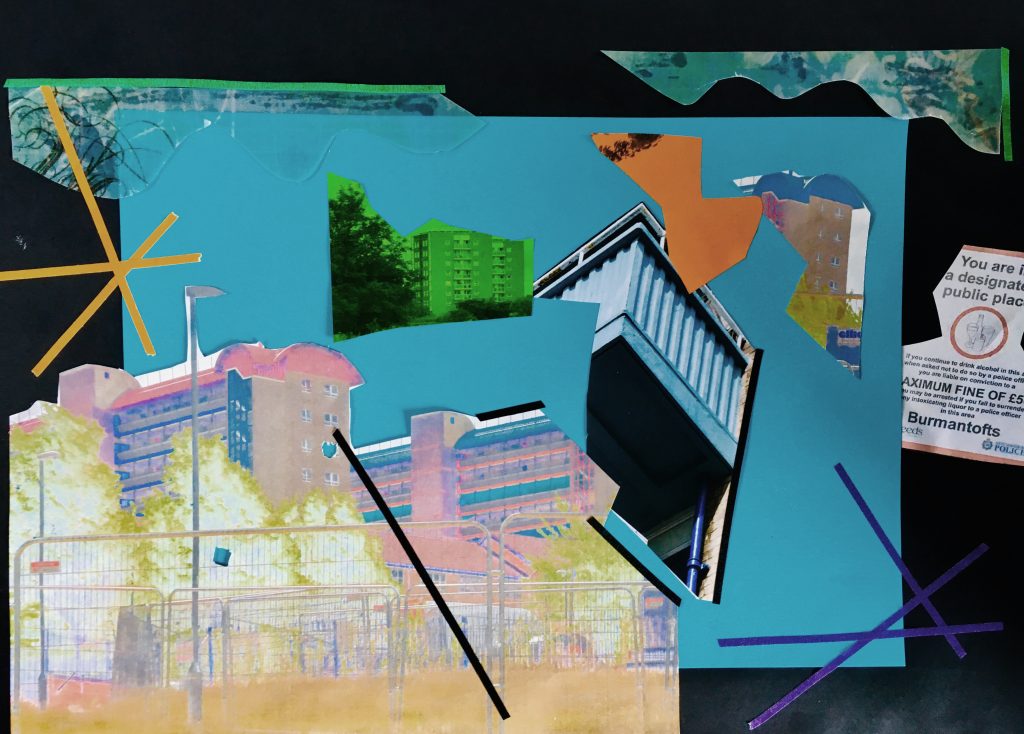
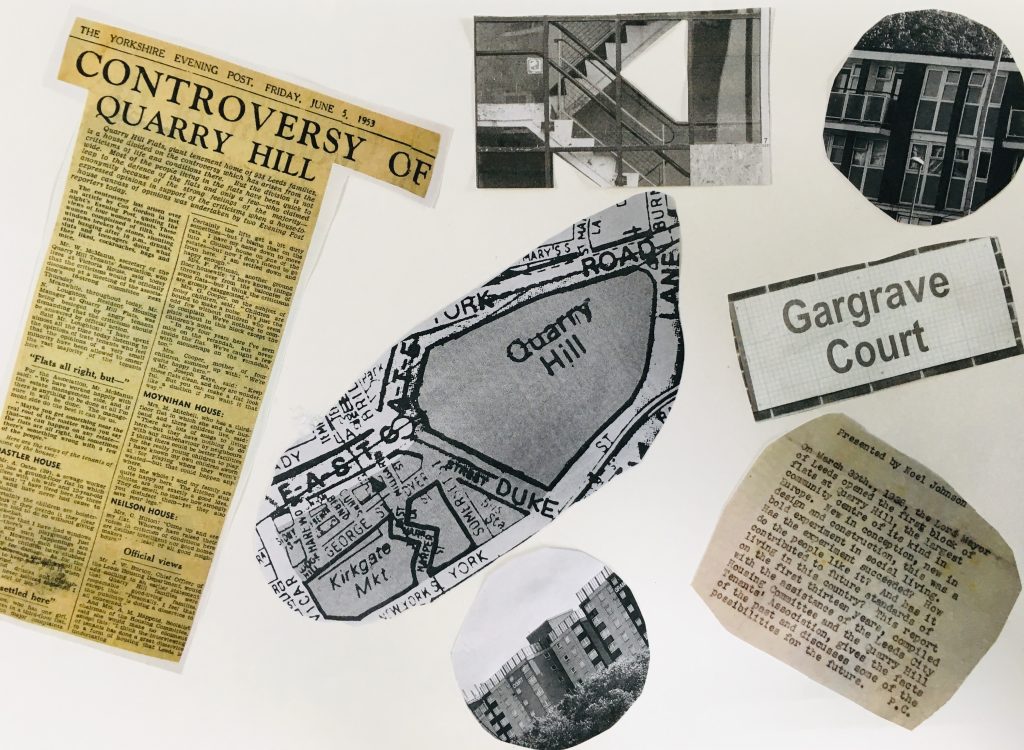
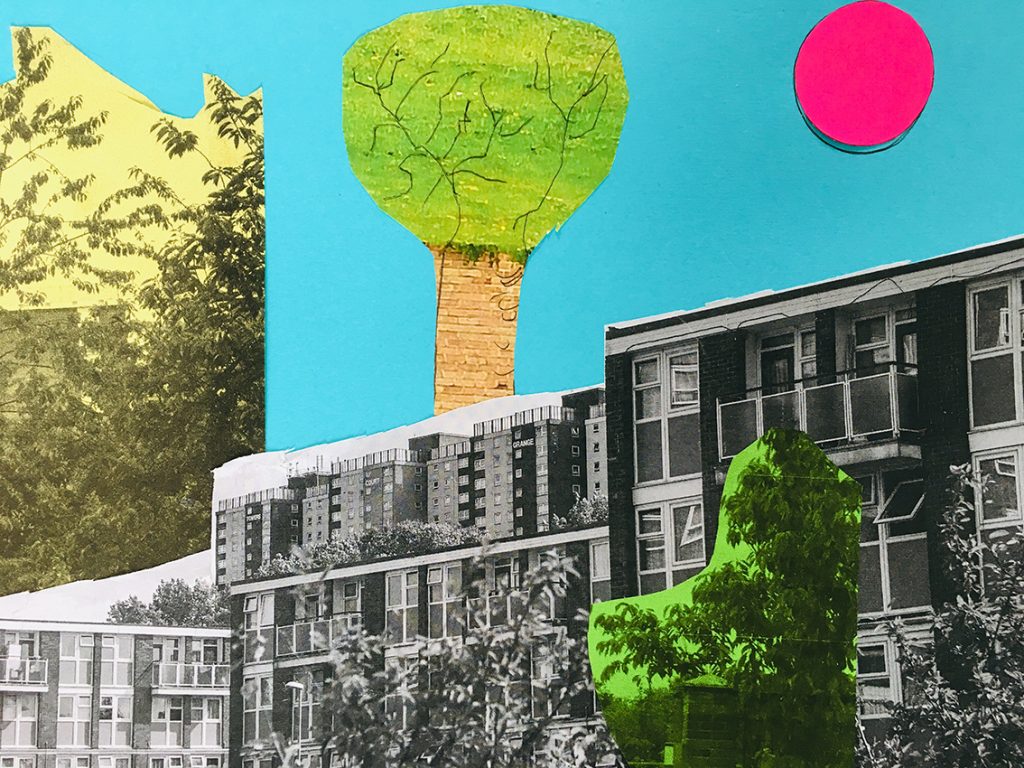
Our first session at Touchstone involved meeting with participants from Burmantofts, Lincoln Green and the surrounding areas. We began by introducing ourselves and the project as a whole, describing what we planned to do during the sessions, and learning more about what the participants wanted to achieve in their work. Following this, we invited the participants to share their stories, memories and connection to the area. Using our previous research, photography of the area, and other materials, the participants created a range of collages, getting to know each other along the way.
Digital images
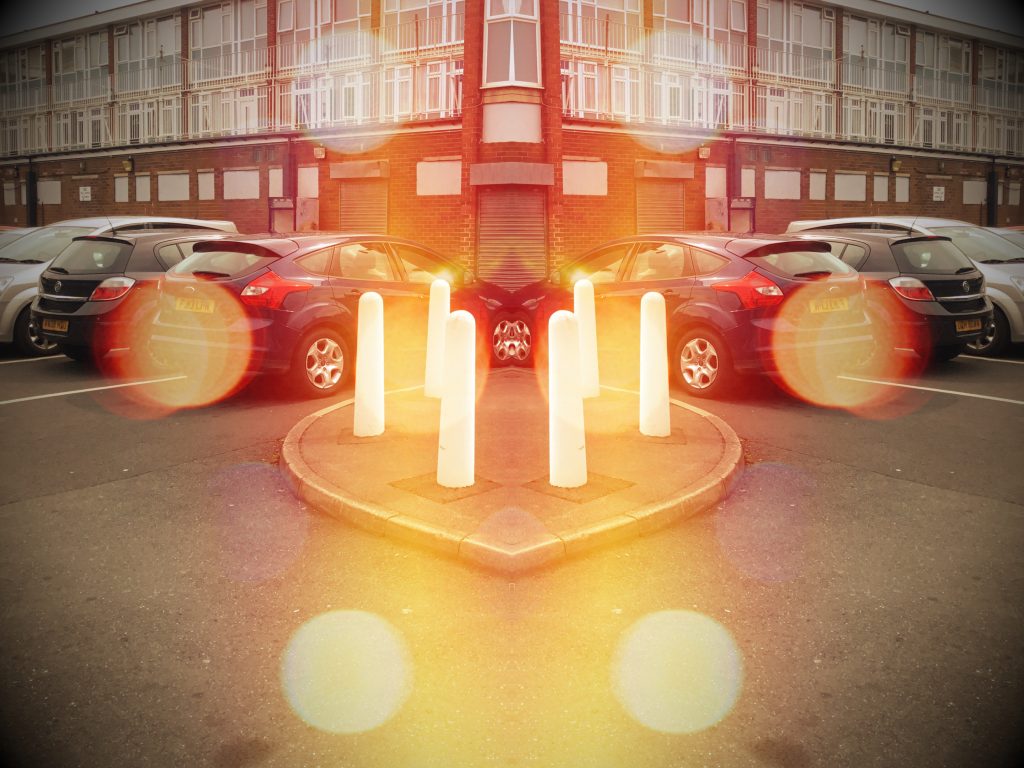
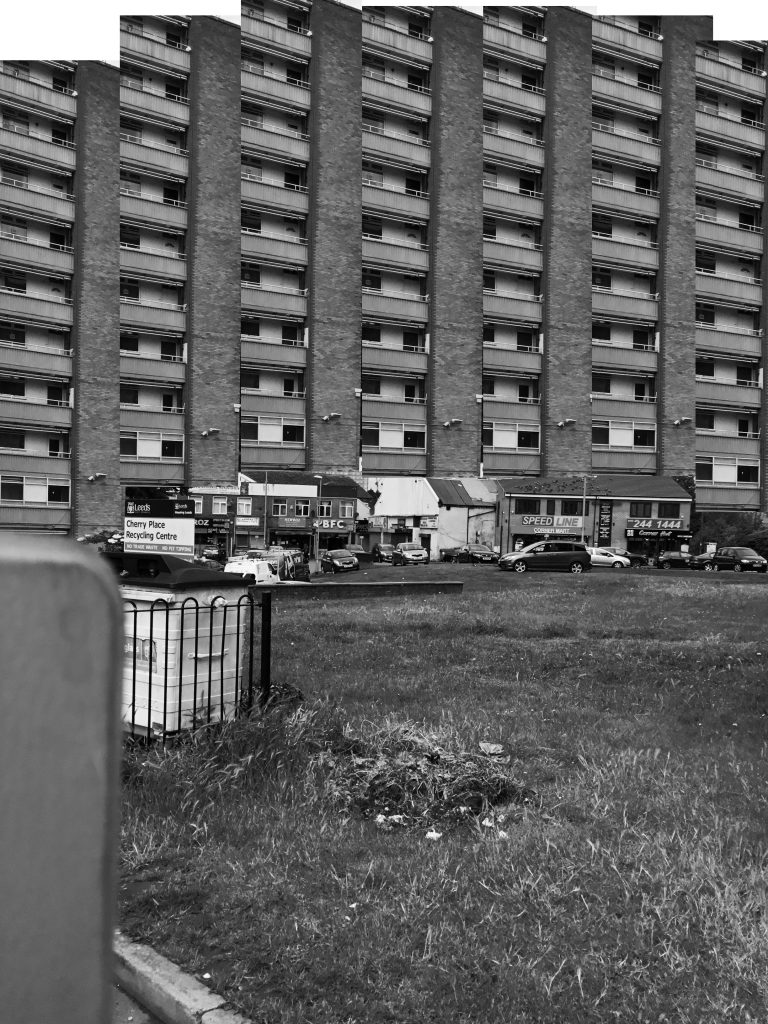
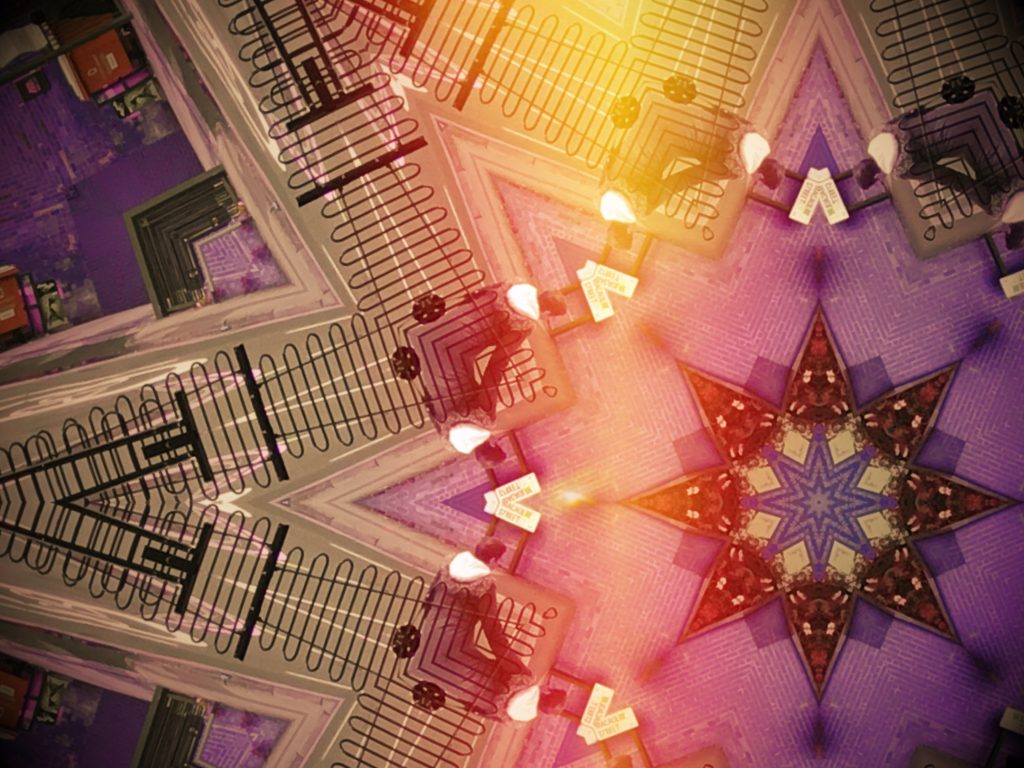
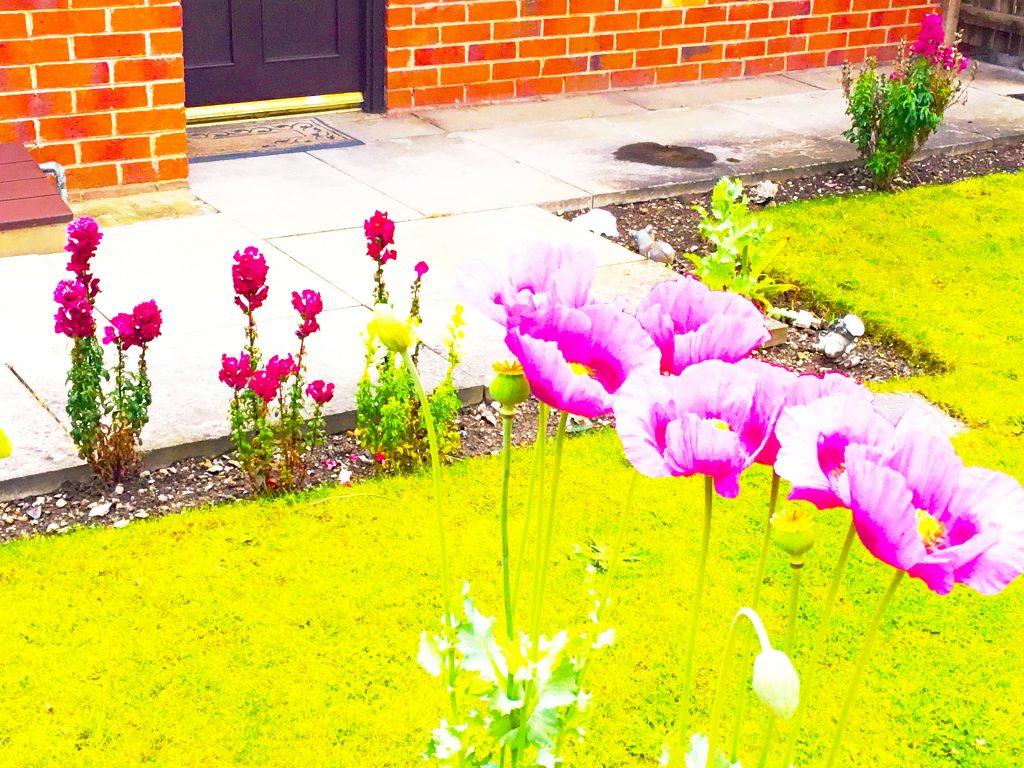
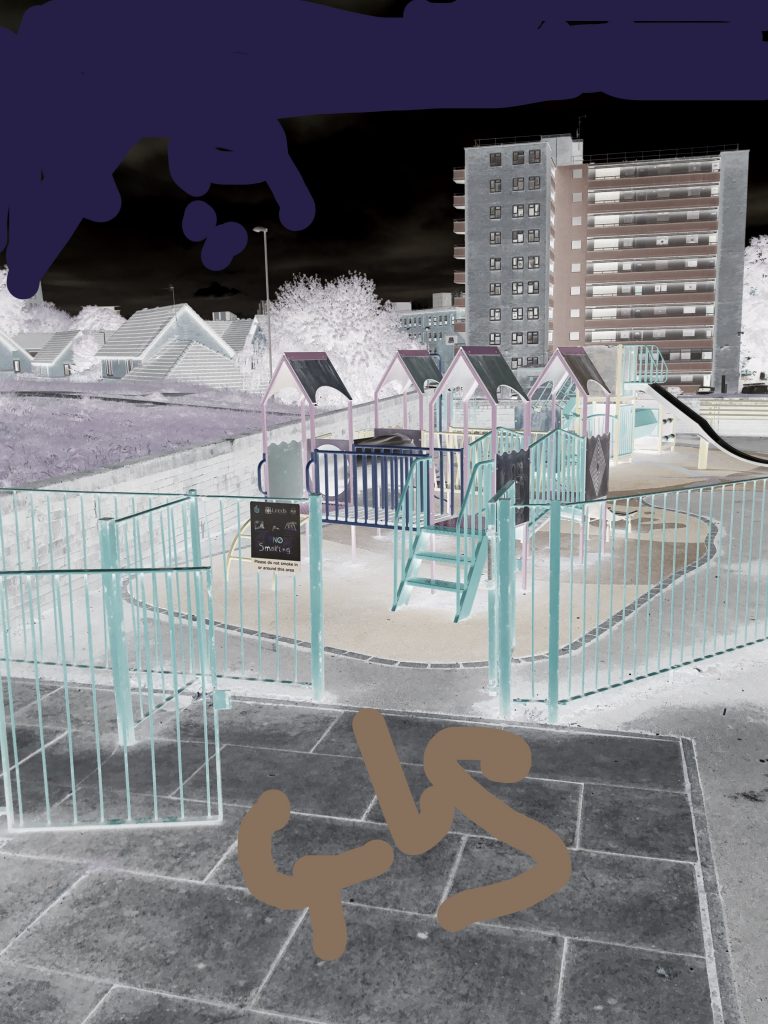
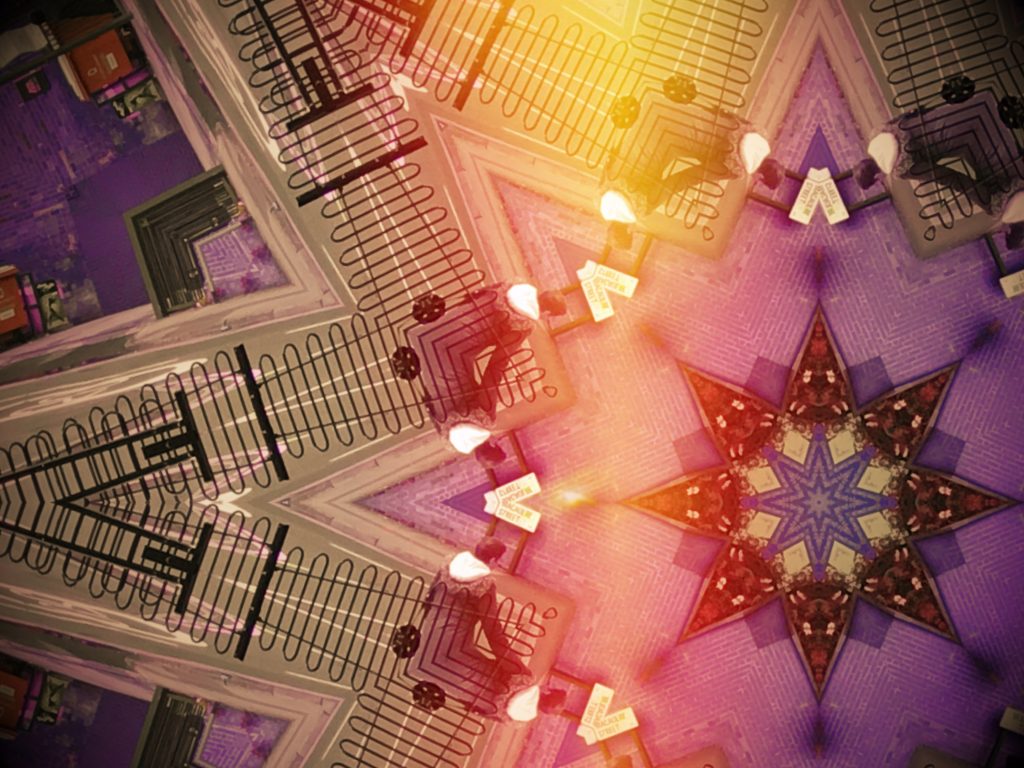
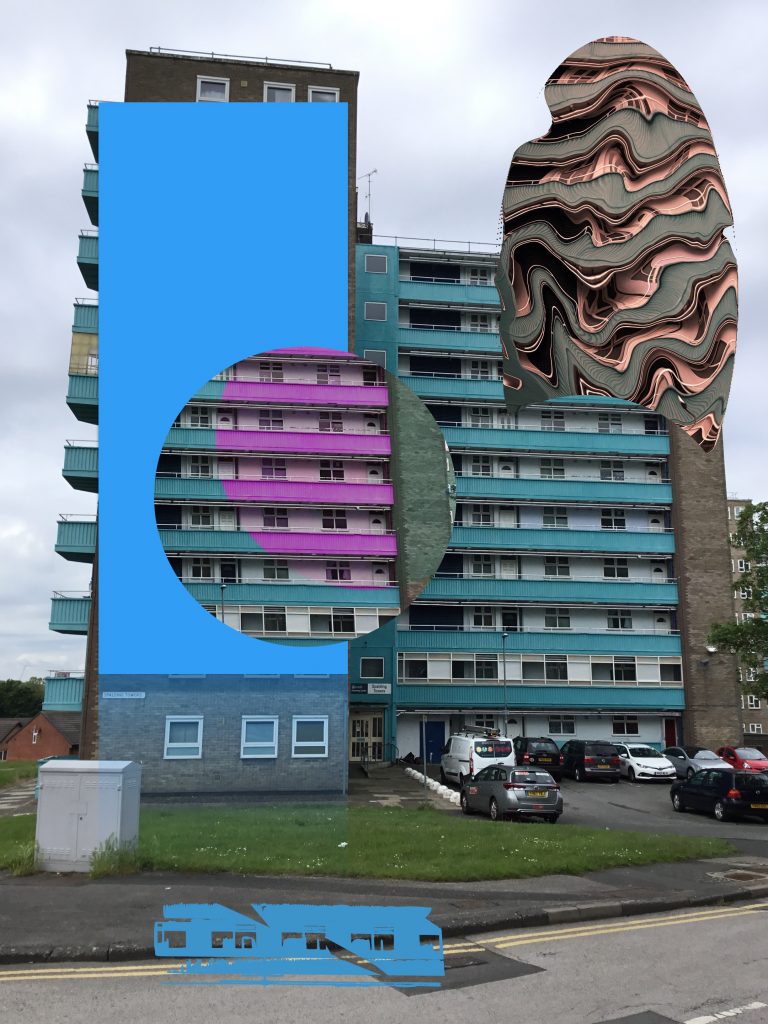
Week two began with an introduction to social documentary photography. The group were introduced to a number of different photographs and asked to consider how they were composed and how this determined particular readings. They were then instructed on different techniques they could use to create their own photographs. Armed with this knowledge, we went on a photo walk around the area. Participants led the way and took photographs of the local architecture, play areas, businesses and signage using a variety of cameras, including disposables, iPads, phones, and DSLRs. We then returned to the workshop space to look at the digital photos and to explore digital manipulation using a photo editing app.
Cyanotypes, negatives and collage
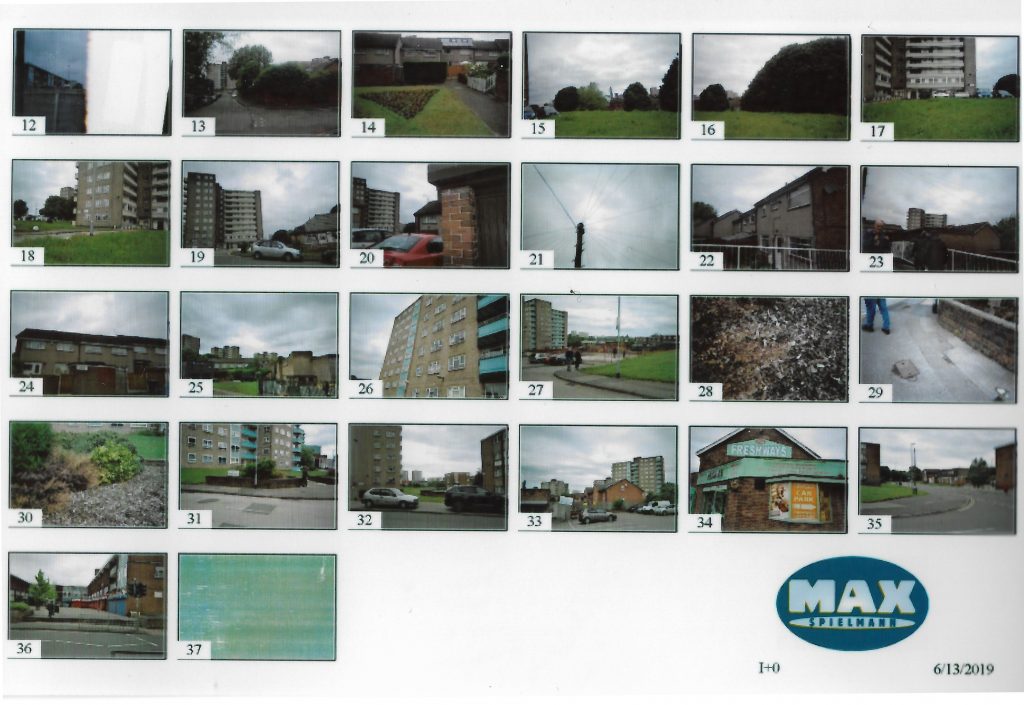
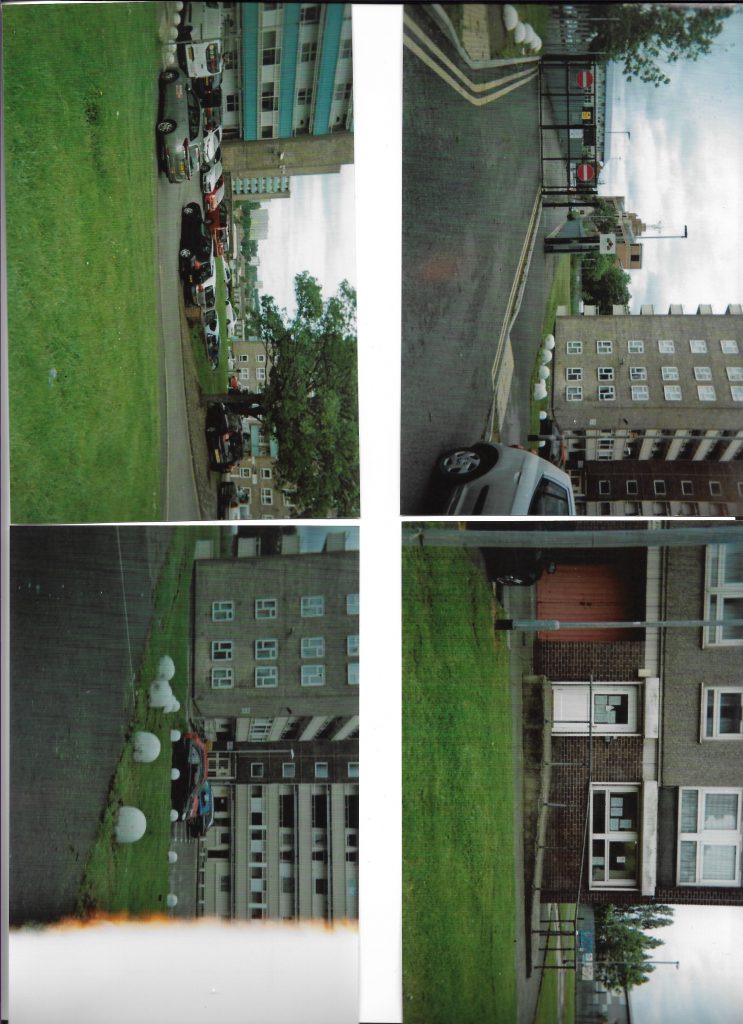
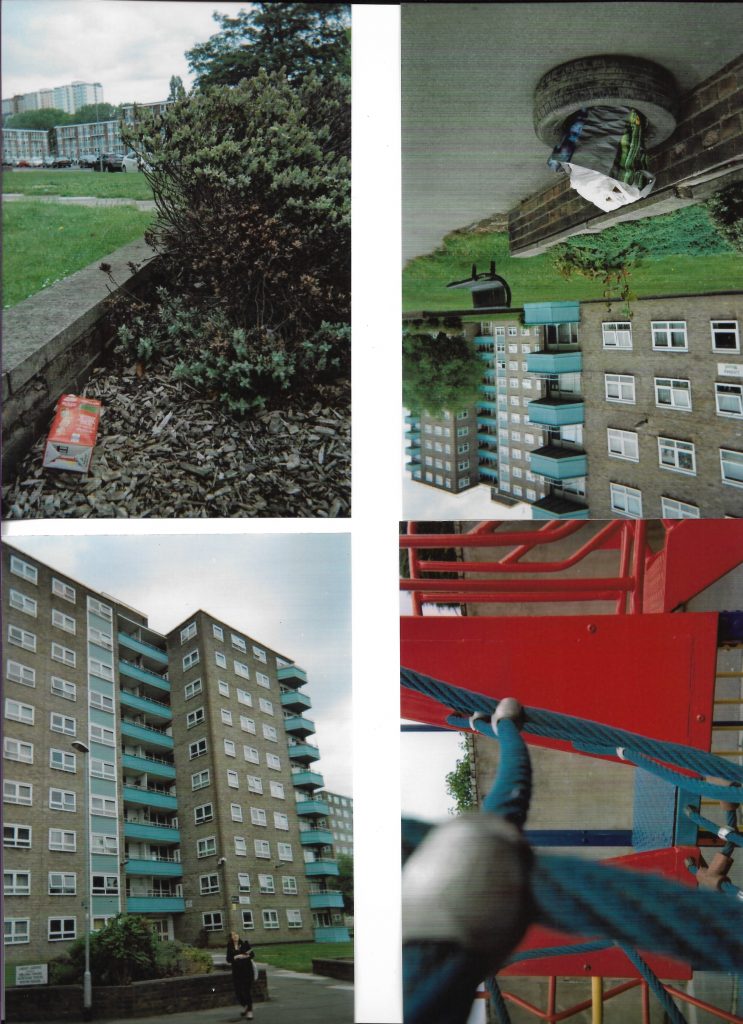
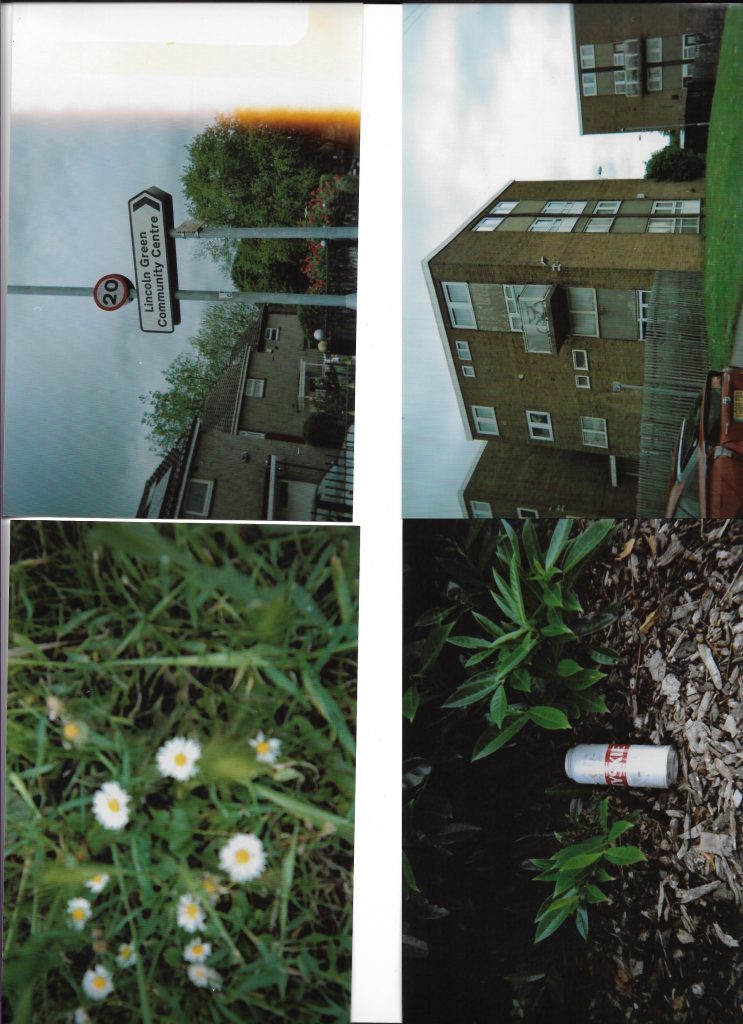
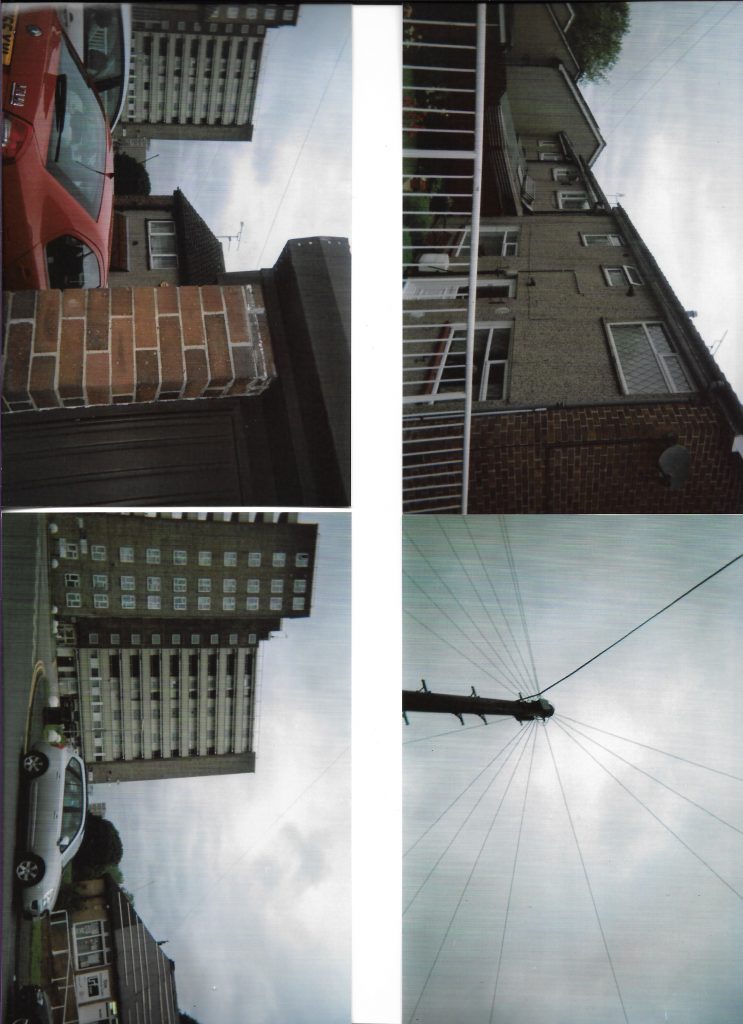

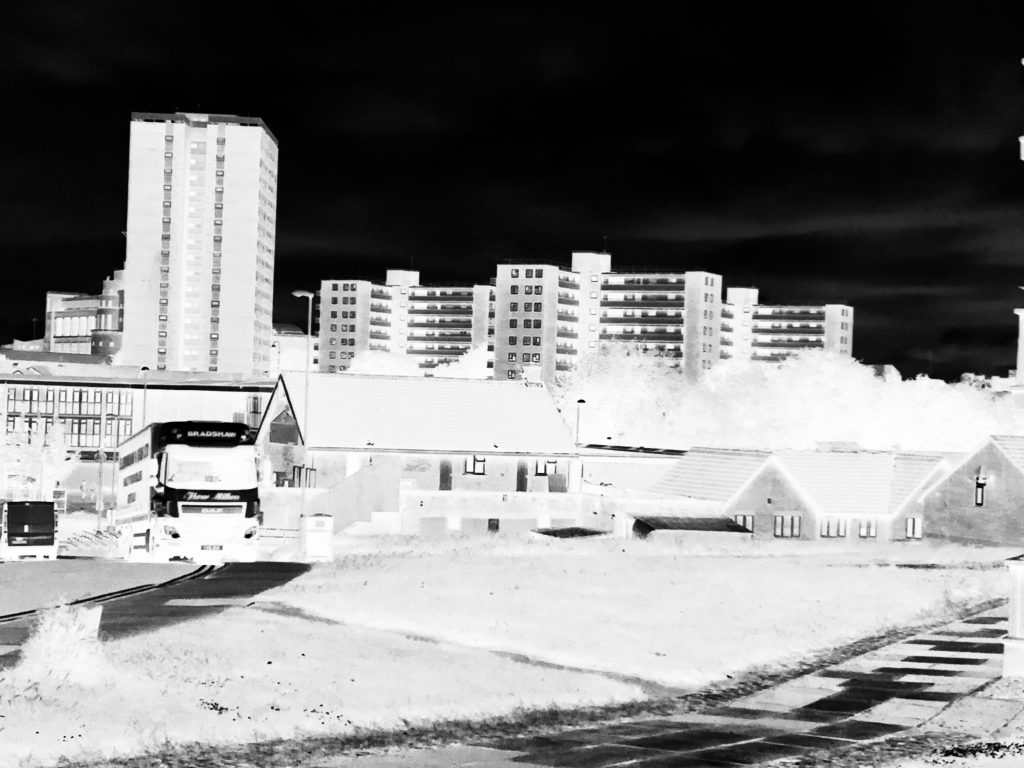
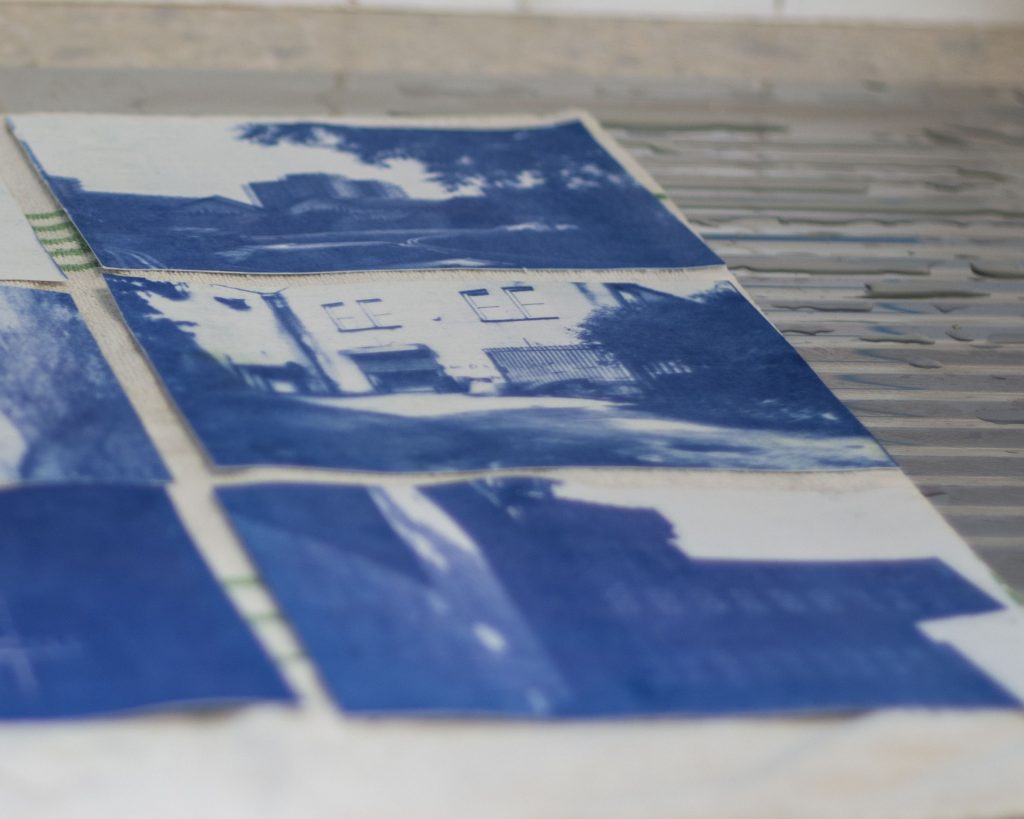
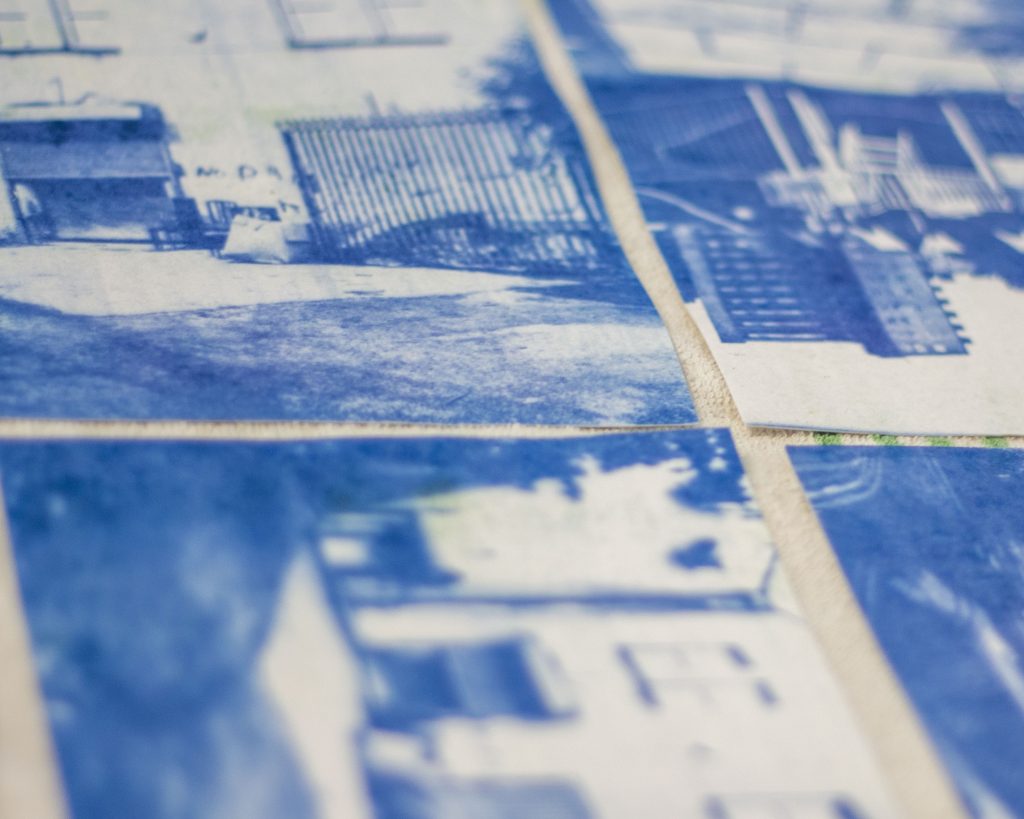
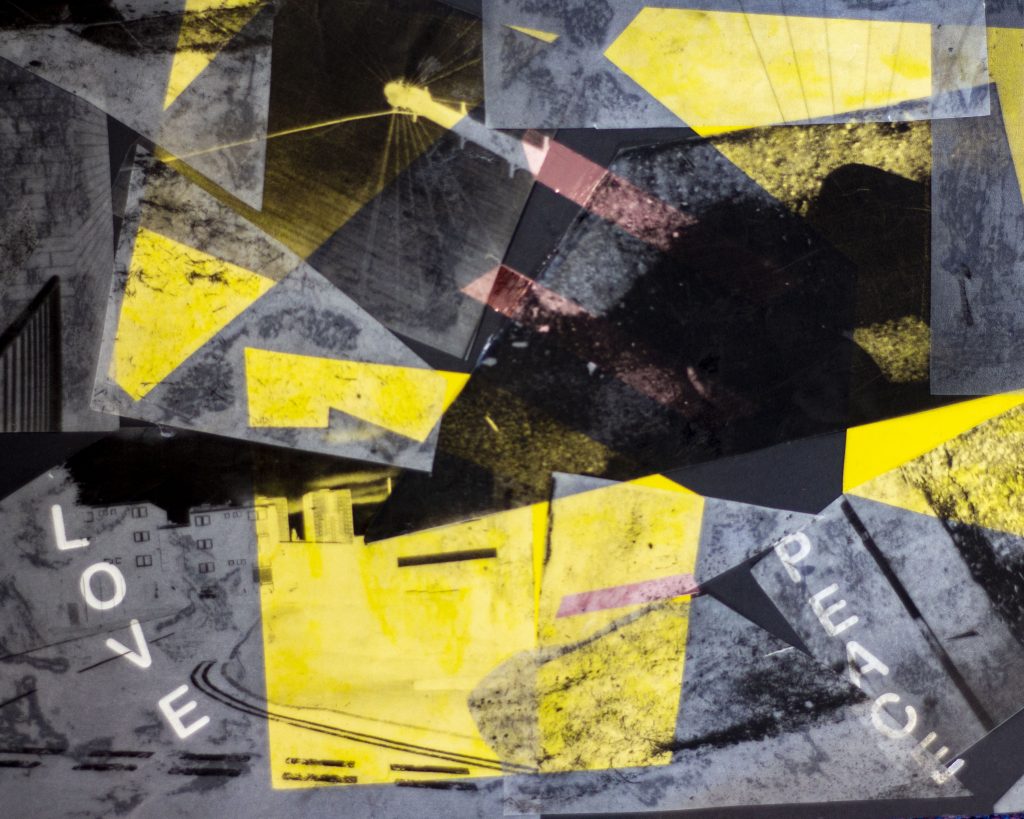
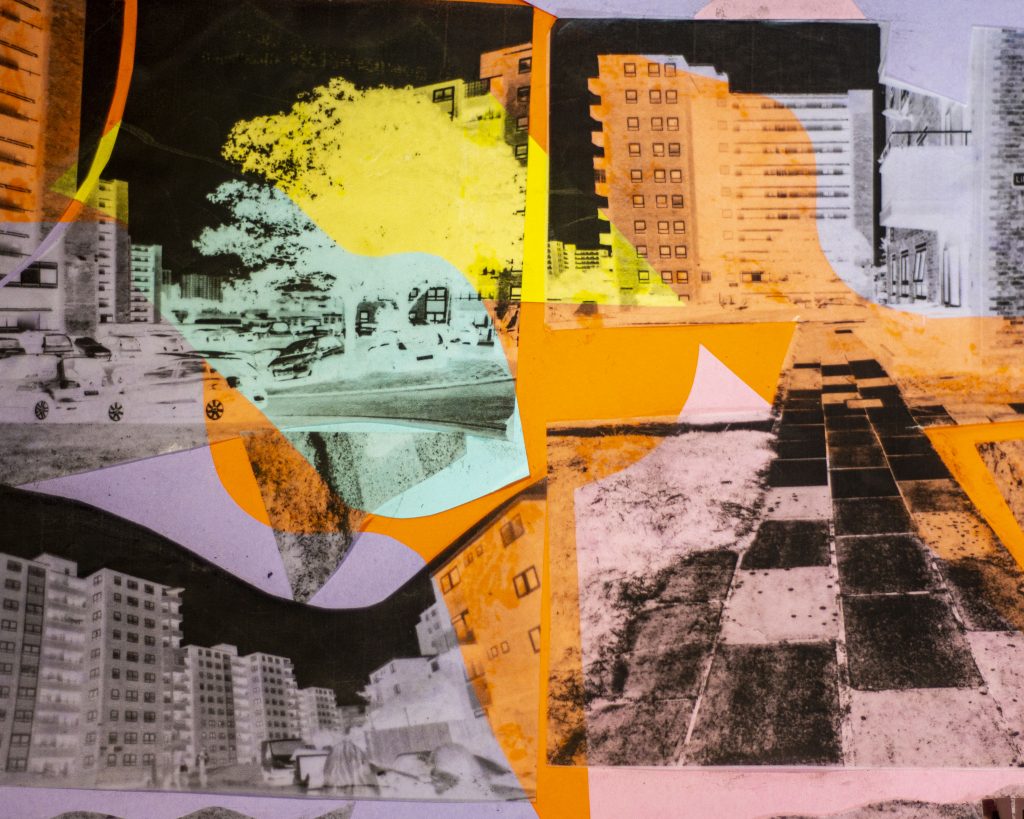
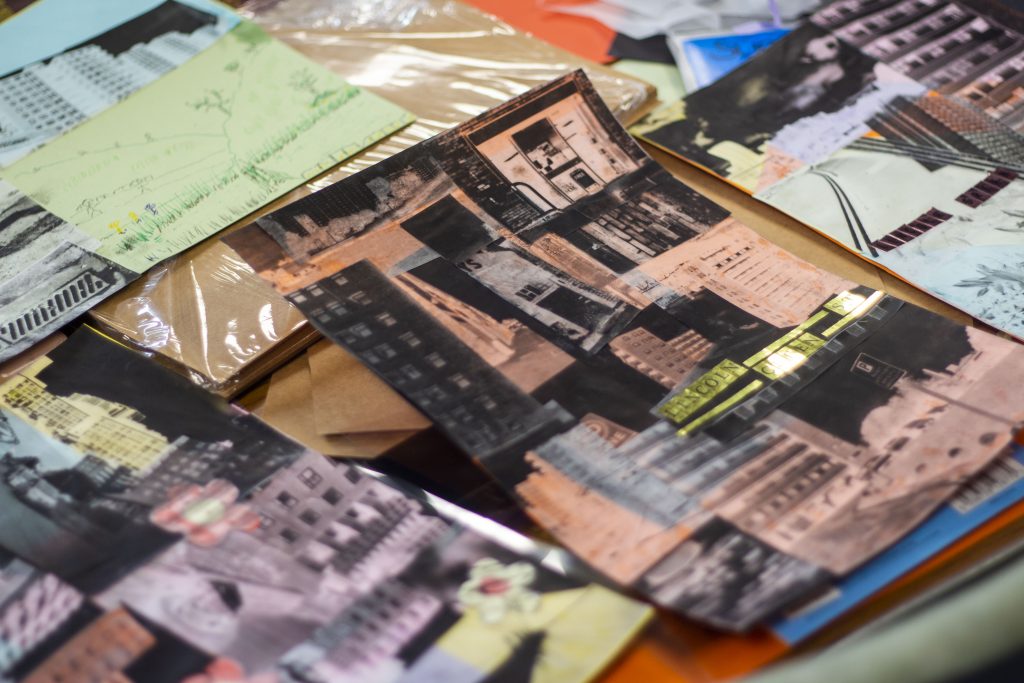
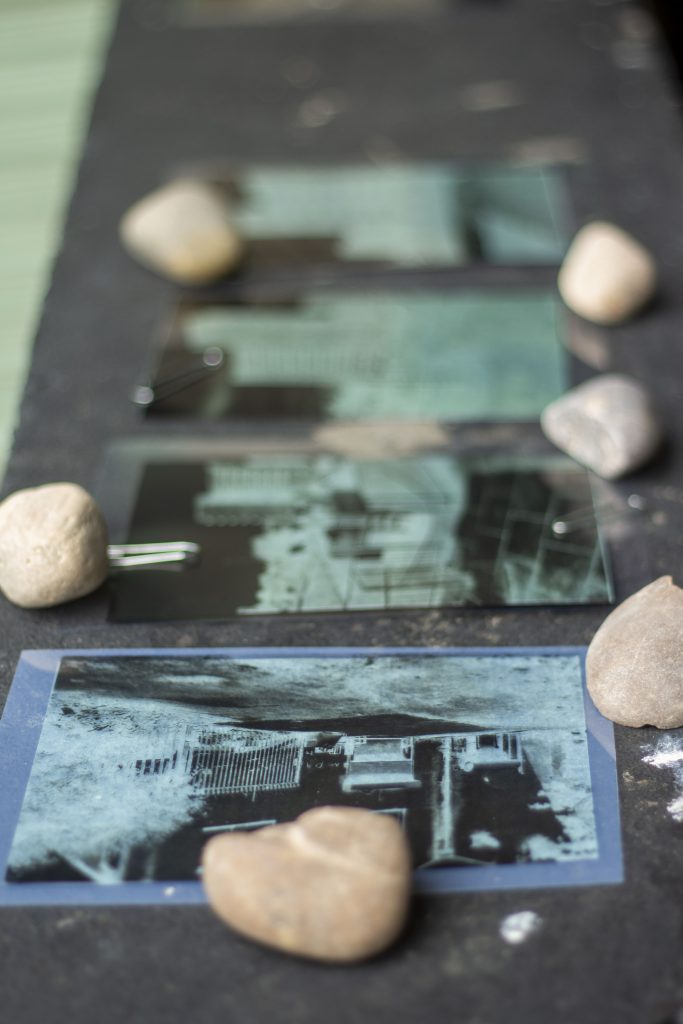
The focus of week three was cyanotypes. The participants used negatives printed onto acetate which were created from film photographs in Photoshop. They then created cyanotype images using pretreated photo paper. Everyone loved the end results and while we were waiting for the cyanotypes to expose they used the leftover negatives to create more collages.
Monoprint
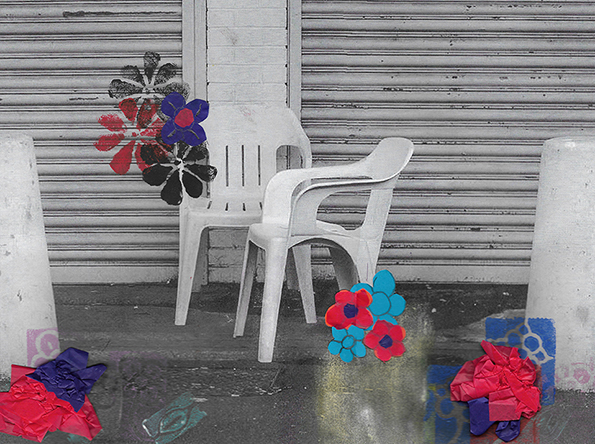
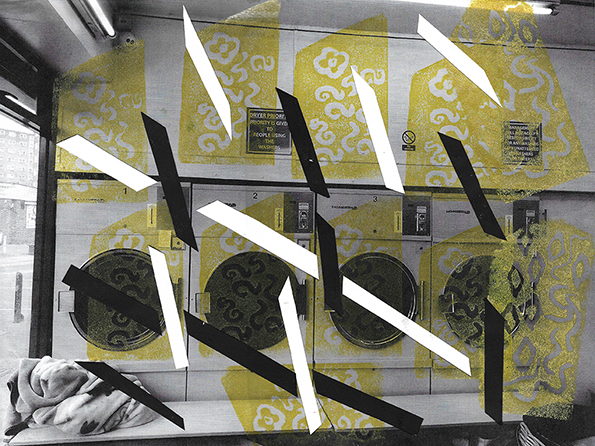
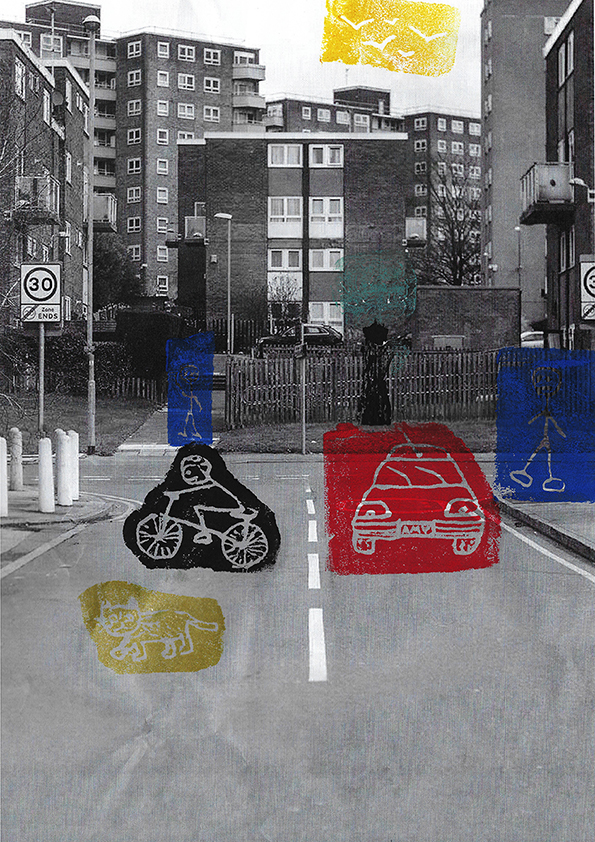
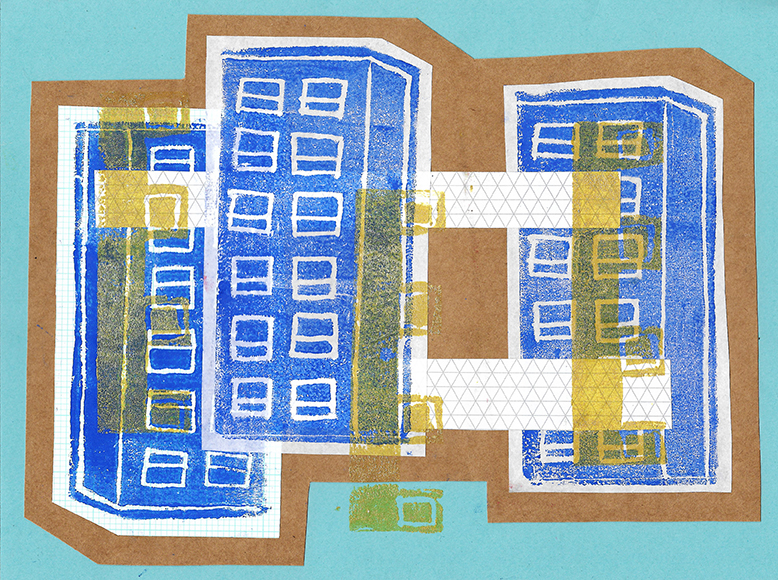
In week four we introduced the medium of monoprint, a type of relief print created by drawing into a polystyrene surface to create an image. This surface is then inked with a single colour and pressed onto a sheet of paper. To create their images, participants first selected from the photographs they’d taken previously and drew their designs onto paper. They then transferred these images to the polystyrene and tested out different colours, incorporating elements of collage and photography.
Repeat Pattern Design
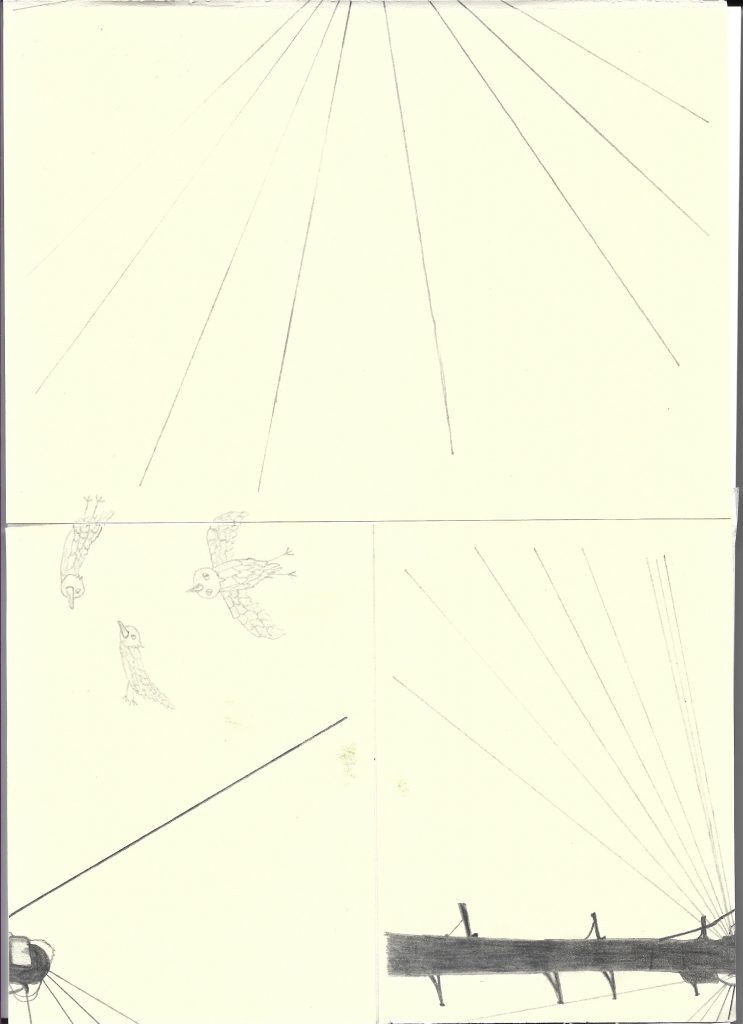
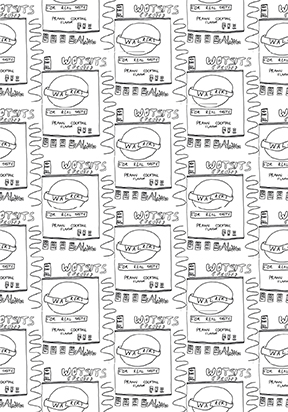
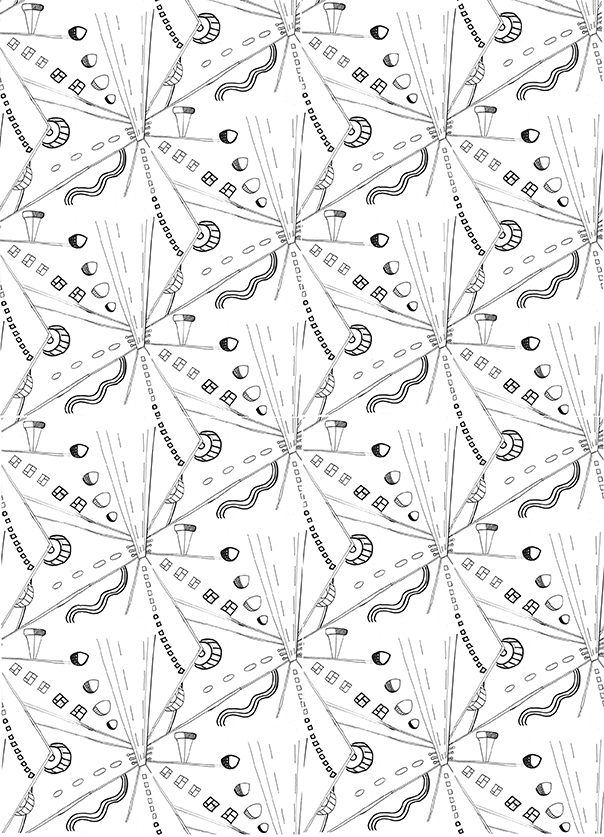

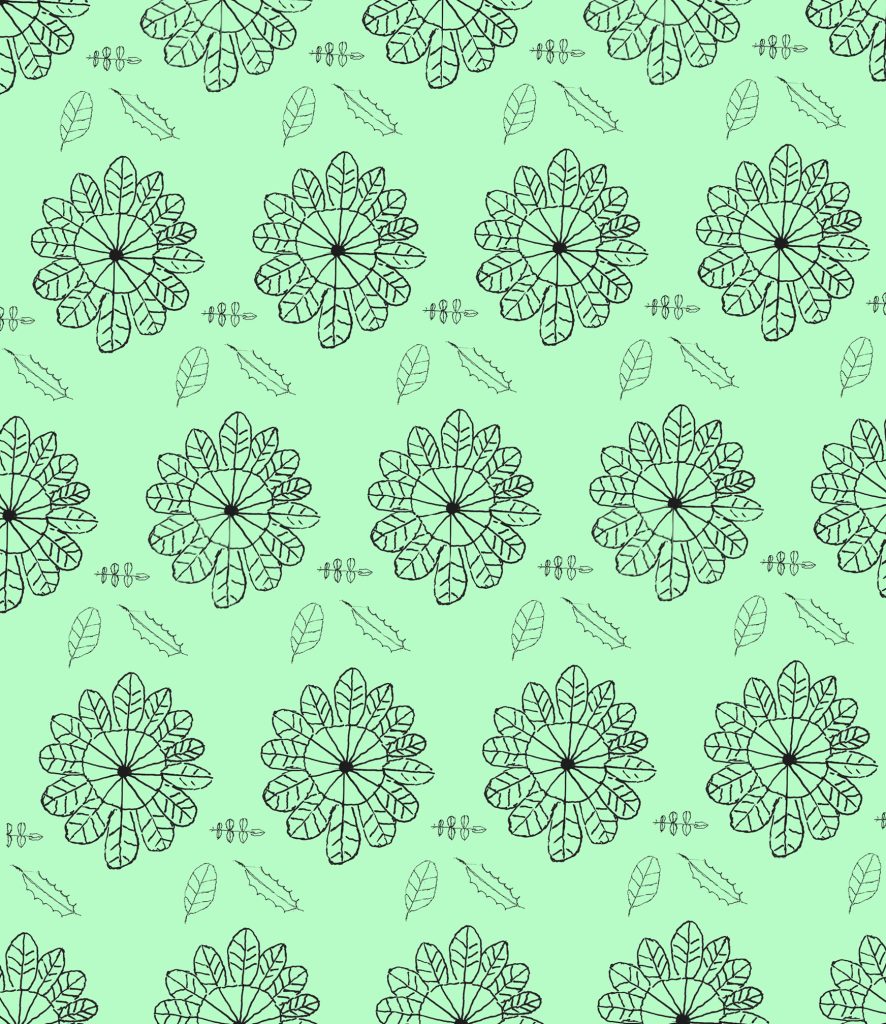
In week five we produced a series of repeat pattern using the participants’ photography of the area as a starting point. To begin we introduced a number of simple drawing techniques to create sketches that could be incorporated into the final design. Participants then made a simple image following the instructions given.
Once the participants had created their image they cut up the pieces and put them back together to create the template for a repeat pattern, before adding more drawings to complete the design. Each design was then scanned and composited into a repeat pattern.
Curating the Newspaper
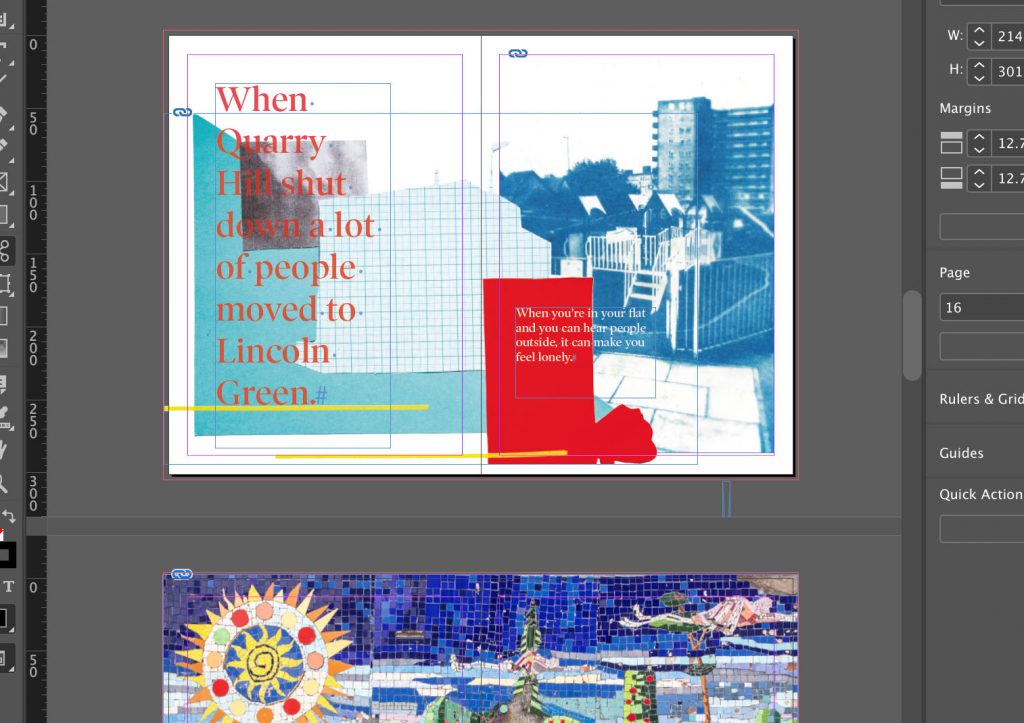
The final session involved everyone reflecting on the previous weeks’ work and selecting images to include in the newspaper. We had been audio recording the sessions so we also discussed the quotes that we would use to tell the story of the area.
Although participants couldn’t be involved in digitising the work due to a lack of resources, we explained how we would put it together and arranged a celebration to hand out the finished publication.
This project has given me a different outlook and opened up a more creative side in me. I’ve started to look at images in a different way. I met different people, from different backgrounds with different experiences. I’ve learned a lot about the character of the area through art and photography. I’m looking forward to the final result of the project, getting to create a newspaper.
Angela C, Highrise Project participant
The newspaper is viewable as a digital version below and is also featured in the following zine libraries: Leeds Central Library, London College of Communication, Lanchester Library, Coventry University, The British Library, London and Central St Martins Library, London.
I particularly like the way you have brought in different peoples’ voices so that the way we view the photographs and images is coloured by their comments. The Library is always keen to receive examples of zines and other independent and DIY publishing that reflects contemporary society and culture.
Dr Debbie Cox, The British Library
